Publisher: Out of the Box Publishing
Designer: Reiner Knizia
Artists: John Kovalic and Franz Vohwinkel
Year: 1993
Players: Two to six players
Ages: 8+
Playing time: 20-30 minutes
MSRP: $14.99
Tutankhamen was first published in 1993, and even though I can’t find it on the OTB website, it is still available online.. It is a small box game that consists of many tiles which contain different Egyptian symbols, small plastic coins, a plastic pyramid (maybe 3” by 3” by 3”), and some player tokens. The box insert itself is also made of plastic and has a slot in it to dump the set tiles into after you score them. The game takes less than a half hour to play.
In essence, it is a set collecting game. To set up you place the pyramid down on the table, put the tile with the golden mask of Tutankhamen on top, and randomly lay out all of the other tiles in a single long snaking path in front of the pyramid. All the players tokens go at the end of the path. Deal out the coins to everyone according to the instructions in the rules based upon the number of players. Then you are ready to begin.
Game play is simple. On your turn, you move your token along the path as far as you like. The tile you land on 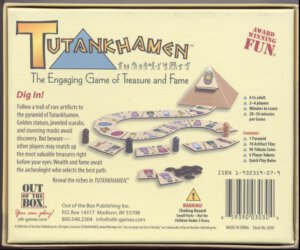
The first player to run out of coins wins the game.
You don’t need to have every piece of a set to score the points, in fact the person with the second highest number of tiles from a set collects half of the scoring points, so it is strategically advisable to break up some of those sets the other players are collecting.
The components are well done, the tiles are sturdy, the pyramid is neat, the coins are also not bad but they are tiny and I recommend keeping this game away from toddlers at all costs.
Was it fun? Yeah, it wasn’t bad. It had more strategy than I actually expected, and more theme than you usually see in a Knizia game. It is pasted on, but still fun to look at. The tiles have pictures like scarabs, masks, dog statue, all things Egyptian. The pain was actually setting up the game because you have to lay out all the tiles and then count out all the coins.
There are a few other strategic tiles to add a little to the strategy, like the Pharaoh tile which acts as a wild card and the bag of gold tile that lets you steal a tile from another player. It really does take some thinking to win the game, there is no luck involved at all, only strategy.
The only thing I would have liked to see to add a bit more theme to the game is possibly to have the players place their coins in a little plate in front of the pyramid, then the pyramid opens up and a small likeness of Tutankhamen emerges, grabs the coins, and booms “You have pleased the Pharaoh!” amid cracks of thunder, before disappearing back into the pyramid. A bit much? Maybe, but man it would be cool.
Tutankhamen was a Spiel des Jahres nominee in 1993.
[rwp-review id=”0″]
- A Dungeon Delve for Kids?: A Review of Dungeon! - Oct 24, 2022
- Better, Stronger, Faster | Descent: Journeys in the Dark Second Edition Reviewed - Oct 23, 2022
- Your Planet is Doomed!: Invasion from Outer Space Reviewed - Oct 22, 2022


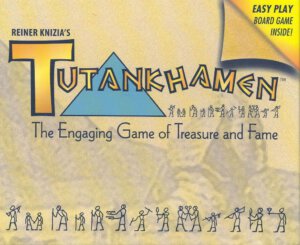

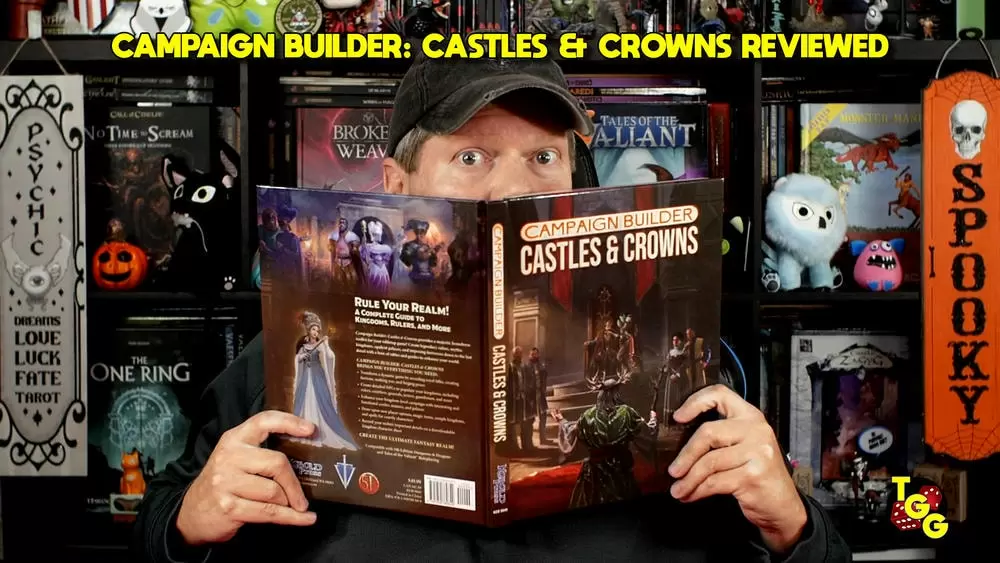
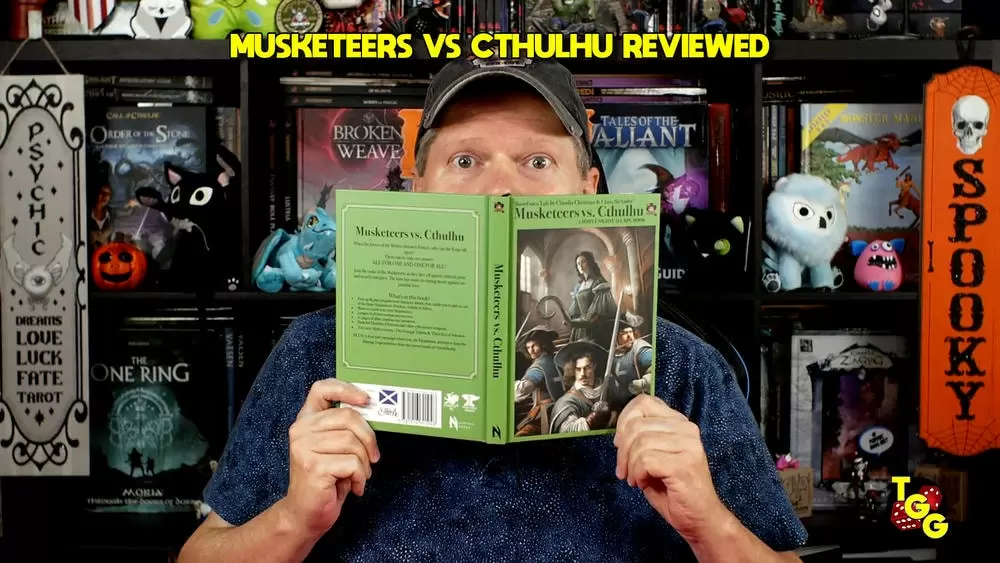
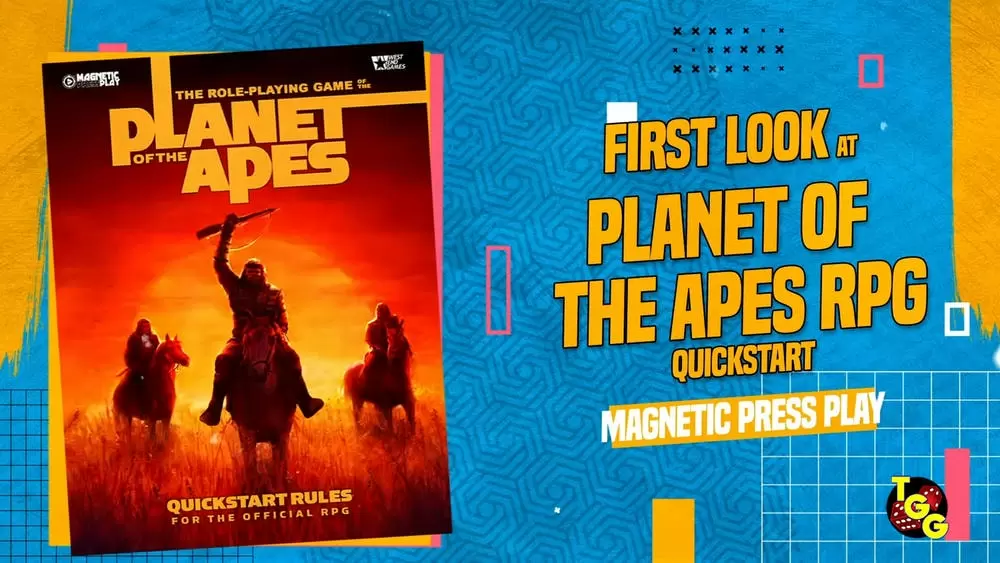
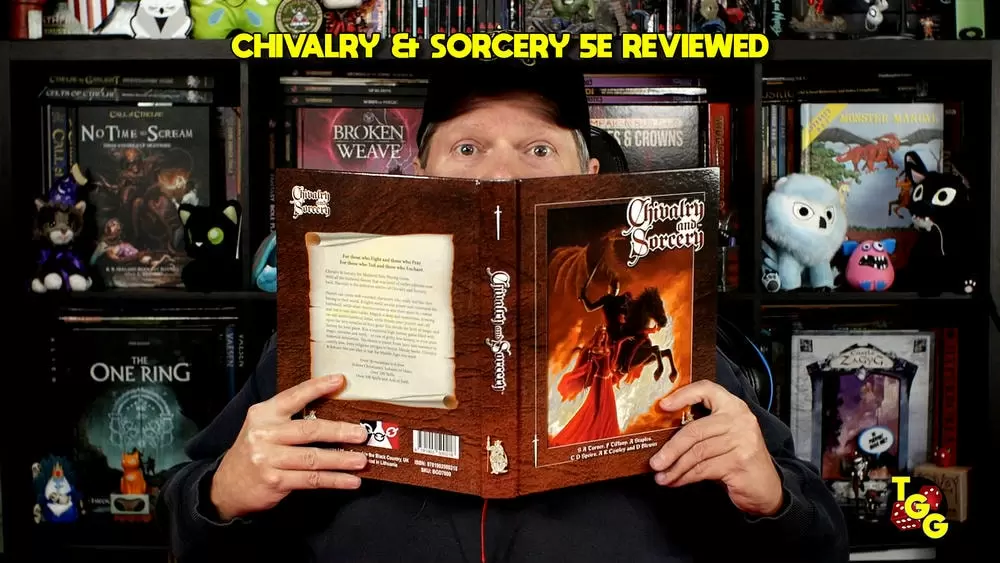




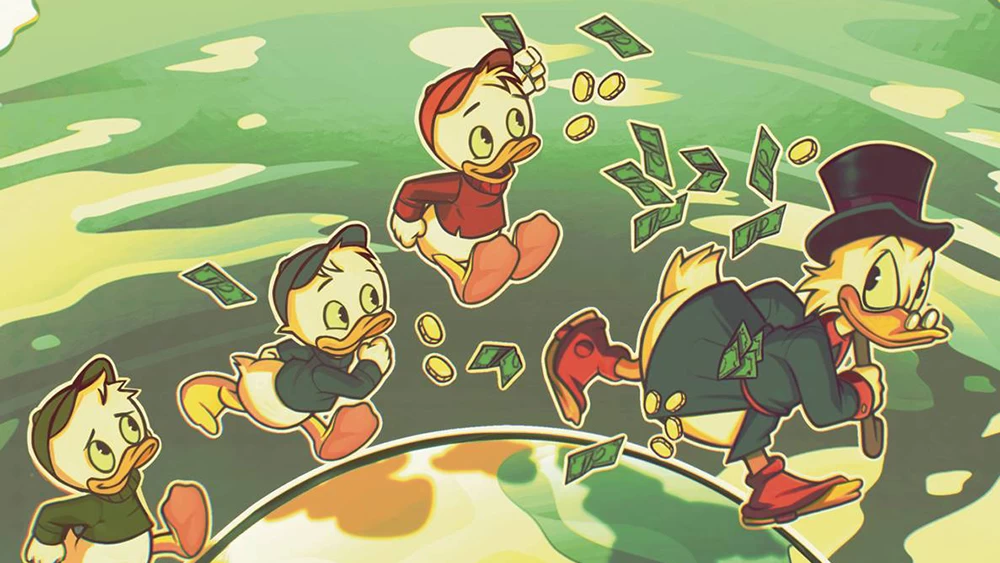

What?!?!?! Reiner Knizia pasted a theme onto one of his designs? That’s a shocker…